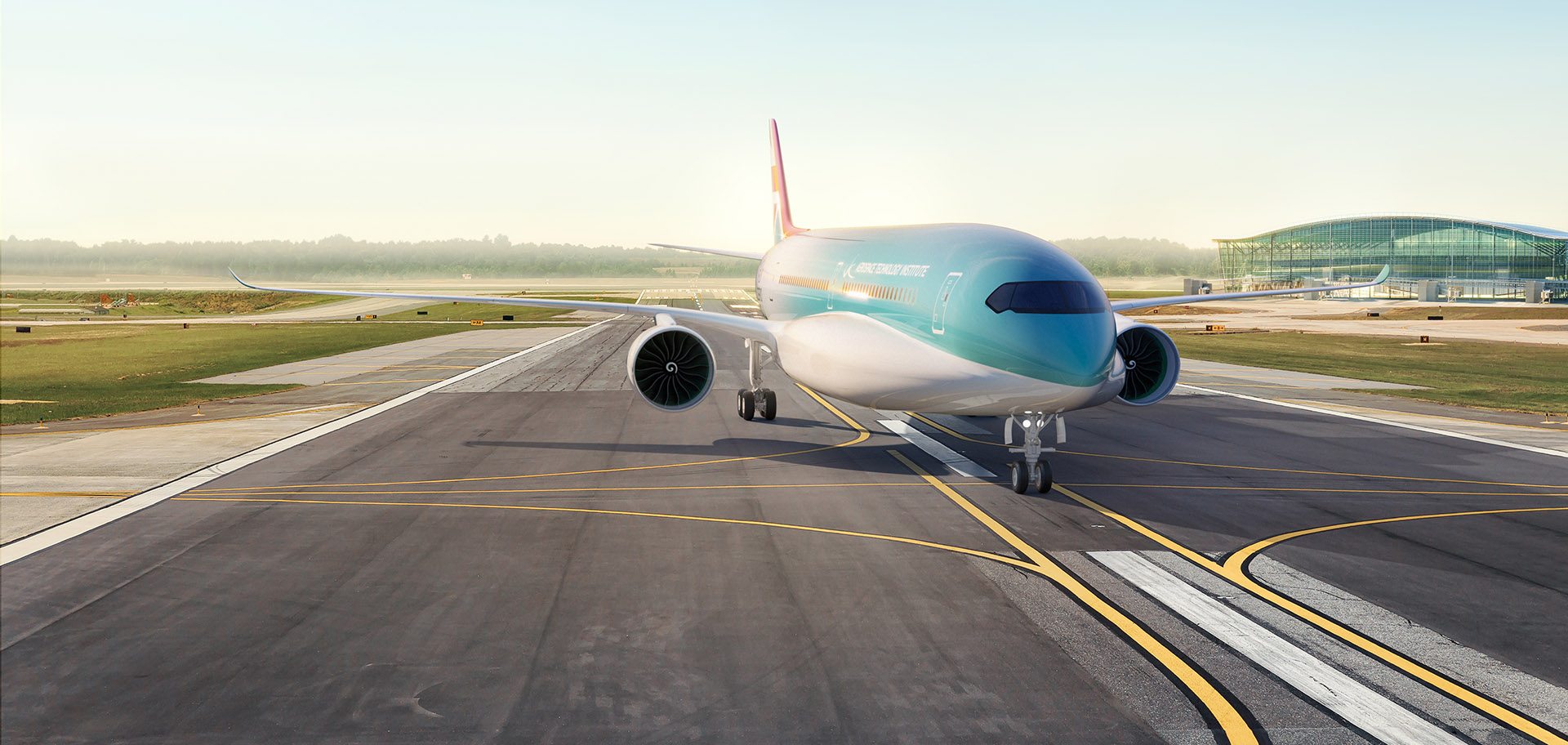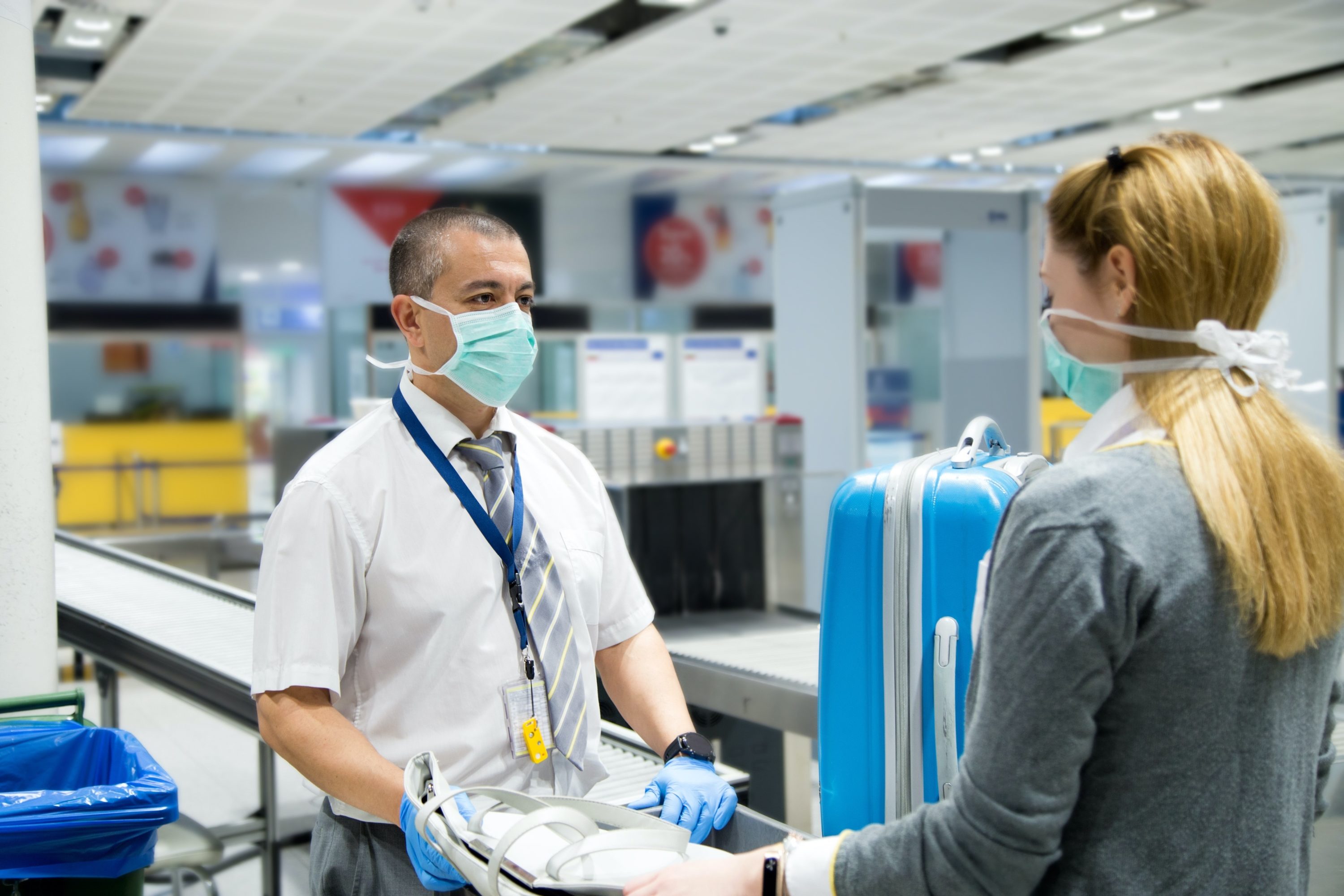Flying is among the most difficult nut to crack when building carbon-free transportation. According to the International Energy Agency, commercial electric planes will not be practical until batteries become a little more powerful and lightweight. Another option for the future is hydrogen-powered aircraft, and a study group has illustrated what a hydrogen-powered plane would look like.
As the global aviation industry looks to a brighter, greener future, FlyZero will help the UK stand at the forefront of sustainable flight in design, manufacture, technology and skills. A new dawn for aviation is on the horizon!

FlyZero is the Aerospace Technology Institute project aiming to realise zero-carbon emission commercial aviation by 2030.
Led by the ATI and backed by the UK Government, FlyZero is setting out to realise zero-carbon emission air travel by the end of the decade. A team of experts from across the UK is conducting a detailed and holistic study of the design challenges, manufacturing demands, operational requirements and market opportunity of potential zero-carbon emission aircraft concepts.
The FlyZero project, directed by the Aerospace Technology Institute and supported by the United Kingdom government, has developed a concept for a midsize aircraft fuelled by liquid hydrogen. It claimed that the jet would transport 279 passengers nonstop between London and San Francisco, or between London and Auckland, New Zealand, with only a single refuelling stop. Despite its 54-meter wings and two turbofan engines, the aircraft would have the “same speed and comfort as today’s aircraft” while emitting zero carbon emissions.
The Aerospace Technologies Institute (ATI) stated that the concept plane would have cryogenic fuel tanks in the rear fuselage to store hydrogen at -250 degrees Celsius (-418 degrees Fahrenheit). Two smaller “cheek” tanks across the forward fuselage will help to keep the aircraft stable when the fuel is depleted from the main tanks.

On the other hand, commercial hydrogen aircraft are still years away from reality. The network for refuelling does not yet exist, and hydrogen is both more costly and more difficult to move onboard than kerosene-based fuel. It is possible that those kinds of planes are not as far-fetched as they appear.
According to the ATI, by the beginning of the 2030s, efficient hydrogen planes may be a more cost-effective alternative to present jets. This is partly due to a transition in other industries toward hydrogen, which is expected to lower supply prices.
The FlyZero project intends to publish more thorough findings later this year, including regional, narrow-body, and medium aircraft designs, economic and market reports, roadmaps for essential technology, and a sustainability evaluation.
FlyZero was launched in July 2020 by the Secretary of State for Business Energy and Industrial Strategy. In this video, Project Director Chris Gear shares the project’s aims to determine the technical and commercial viability of a future zero-carbon emission aircraft design.
To help you navigate the changes of business travel, we’ve created the brand-new Traveller Toolkit. This invaluable online resource is packed full of easy-to-use guides and checklists for every stage of every journey. We detail exactly what you need to know and do before, during and after your trip in a post-pandemic, post Brexit world.
You can even check the travel restrictions and health status of your destination with our comprehensive COVID-19 Country Tracker, updated five times daily to ensure you have the very latest information to help keep you and your travellers safe.
Travel is changing. With common sense and a good TMC behind you, travellers can have the confidence to once again take to the skies. It’ll soon be back business as (un)usual.

